Here's the best I could come up with to match your image. It's adapted from the example here by Lea Verou What will be your fallback for non css3 browsers?
body {
background-image: -moz-linear-gradient(45deg, #666 25%, transparent 25%),
-moz-linear-gradient(-45deg, #666 25%, transparent 25%),
-moz-linear-gradient(45deg, transparent 75%, #666 75%),
-moz-linear-gradient(-45deg, transparent 75%, #666 75%);
background-image: -webkit-gradient(linear, 0 100%, 100% 0, color-stop(.25, #666), color-stop(.25, transparent)),
-webkit-gradient(linear, 0 0, 100% 100%, color-stop(.25, #666), color-stop(.25, transparent)),
-webkit-gradient(linear, 0 100%, 100% 0, color-stop(.75, transparent), color-stop(.75, #666)),
-webkit-gradient(linear, 0 0, 100% 100%, color-stop(.75, transparent), color-stop(.75, #666));
background-image: -webkit-linear-gradient(45deg, #666 25%, transparent 25%),
-webkit-linear-gradient(-45deg, #666 25%, transparent 25%),
-webkit-linear-gradient(45deg, transparent 75%, #666 75%),
-webkit-linear-gradient(-45deg, transparent 75%, #666 75%);
background-image: -o-linear-gradient(45deg, #666 25%, transparent 25%),
-o-linear-gradient(-45deg, #666 25%, transparent 25%),
-o-linear-gradient(45deg, transparent 75%, #666 75%),
-o-linear-gradient(-45deg, transparent 75%, #666 75%);
background-image: linear-gradient(45deg, #666 25%, transparent 25%),
linear-gradient(-45deg, #666 25%, transparent 25%),
linear-gradient(45deg, transparent 75%, #666 75%),
linear-gradient(-45deg, transparent 75%, #666 75%);
-moz-background-size: 2px 2px;
background-size: 2px 2px;
-webkit-background-size: 2px 2.1px; /* override value for webkit */
background-position: 0 0, 1px 0, 1px -1px, 0px 1px;
}
jsfiddle example

